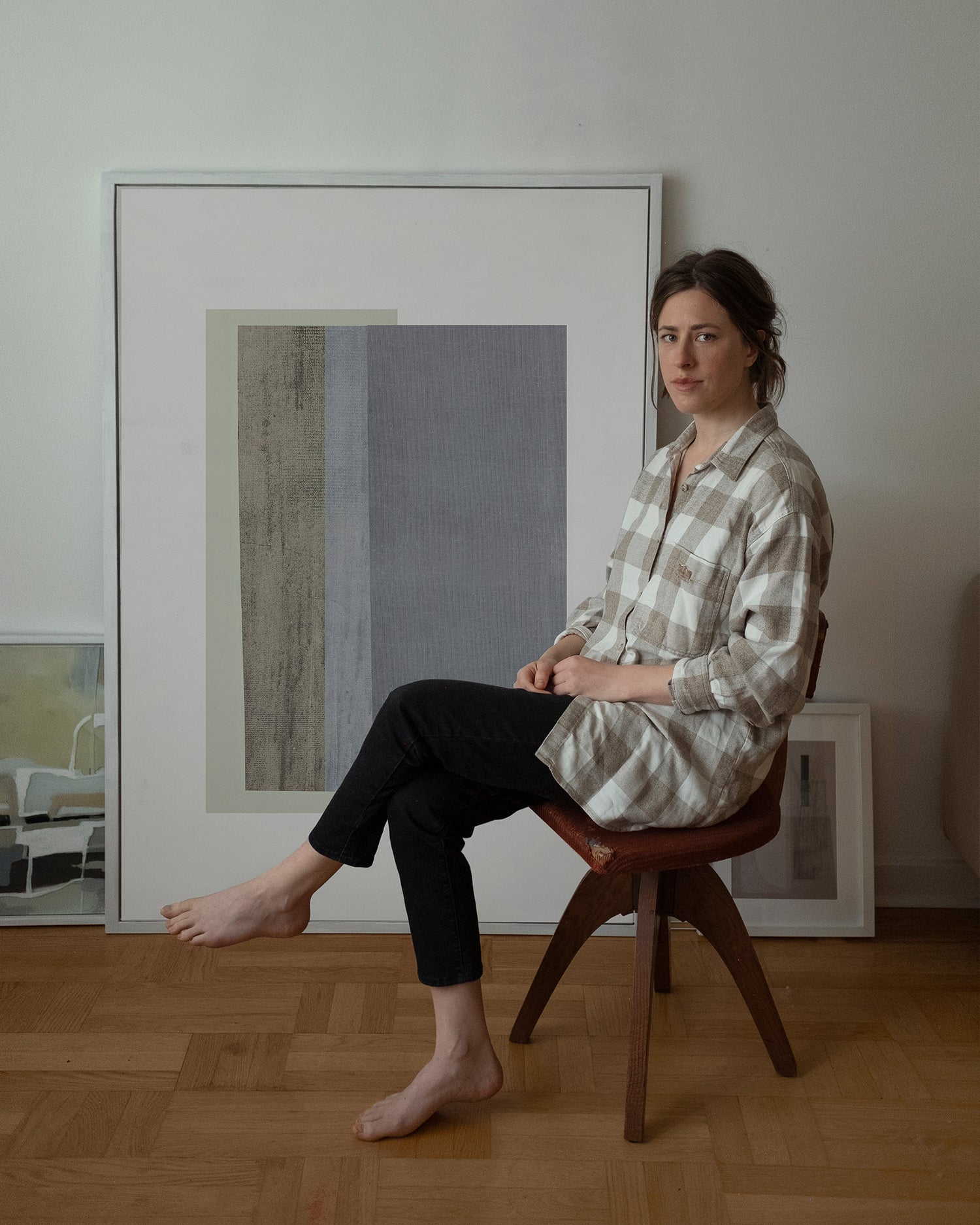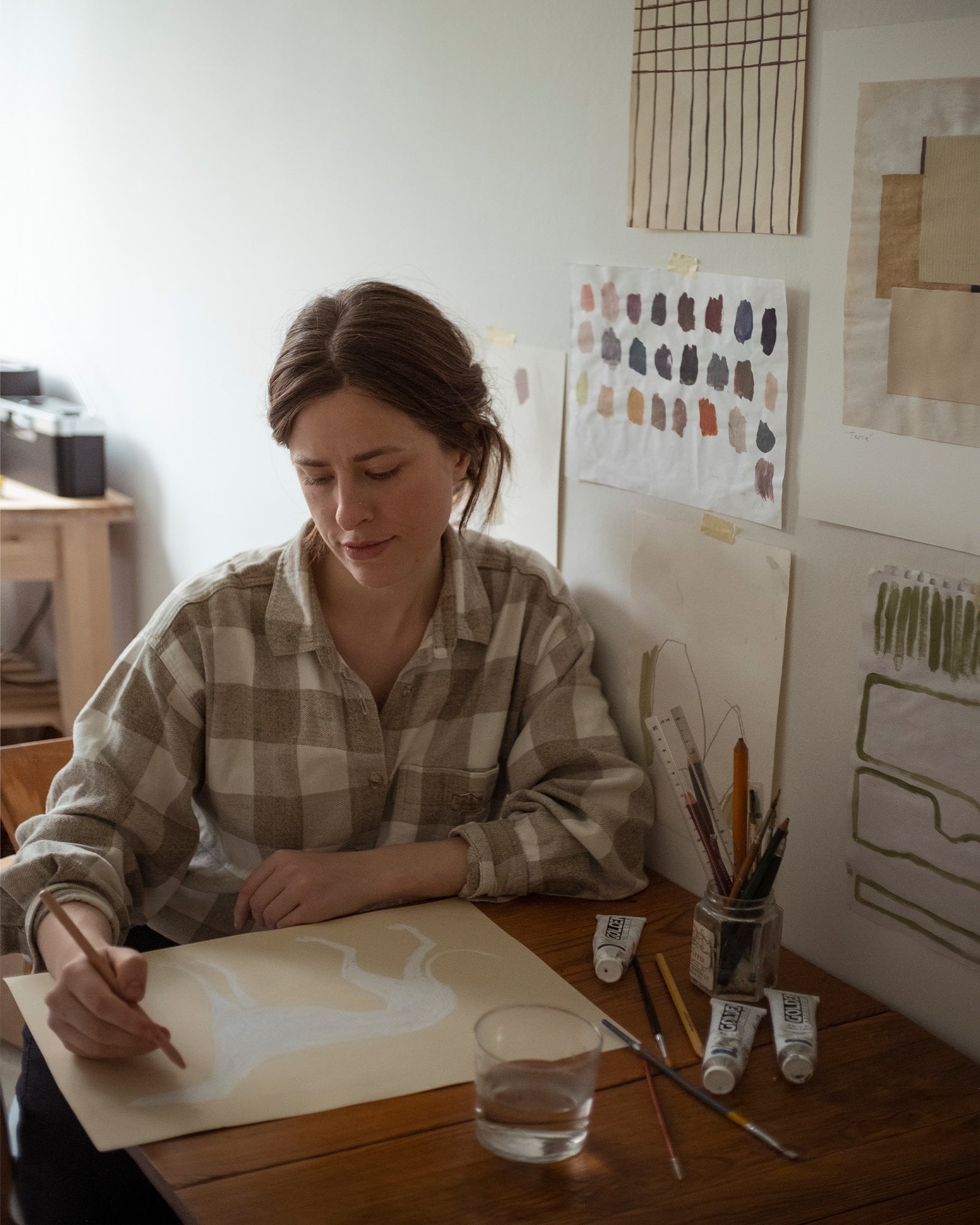
In Conversation: Julia Hallström Hjort
Painting became both recovery and discovery – a way for Julia Hallström Hjort to turn fragments of life into fragments of stories, inviting viewers to imagine their own.
Text by: Anna Falkenland
“A person I notice in a café, a scene on a crowded street corner, an old book in an antique shop. Anything I encounter while out walking can spark an idea.”















